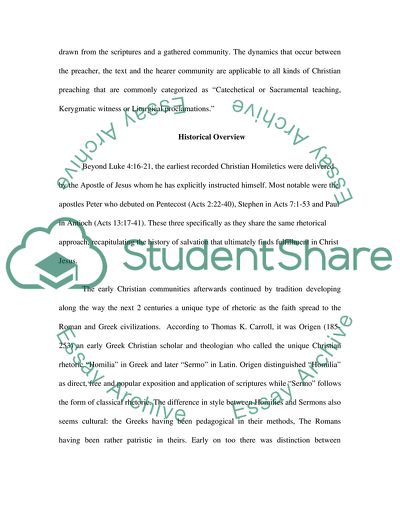Cite this document
(Contemporary American Catholic Homiletic Theory and Practice Case Study, n.d.)
Contemporary American Catholic Homiletic Theory and Practice Case Study. https://studentshare.org/religion-and-theology/1717186-overview-of-contemporary-american-catholic-homiletic-theory-and-practice
Contemporary American Catholic Homiletic Theory and Practice Case Study. https://studentshare.org/religion-and-theology/1717186-overview-of-contemporary-american-catholic-homiletic-theory-and-practice
(Contemporary American Catholic Homiletic Theory and Practice Case Study)
Contemporary American Catholic Homiletic Theory and Practice Case Study. https://studentshare.org/religion-and-theology/1717186-overview-of-contemporary-american-catholic-homiletic-theory-and-practice.
Contemporary American Catholic Homiletic Theory and Practice Case Study. https://studentshare.org/religion-and-theology/1717186-overview-of-contemporary-american-catholic-homiletic-theory-and-practice.
“Contemporary American Catholic Homiletic Theory and Practice Case Study”. https://studentshare.org/religion-and-theology/1717186-overview-of-contemporary-american-catholic-homiletic-theory-and-practice.


